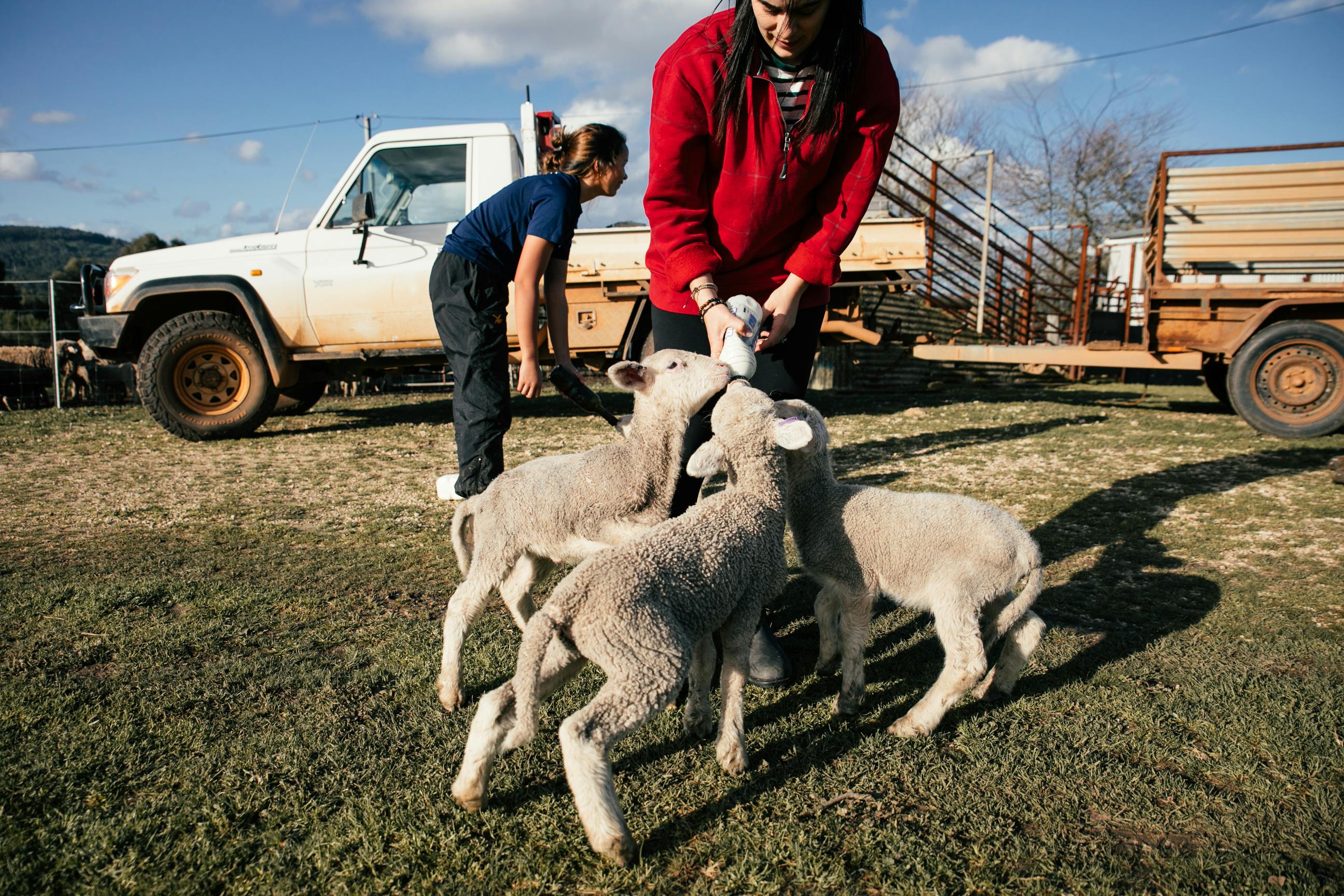
Starter cultures are microorganisms, typically bacteria, yeast, or molds, that are used in various food and beverage production processes. They play a crucial role in initiating and controlling fermentation, which is essential for creating desirable flavors, textures, and shelf-stability in products like dairy, meat, bread, beer, wine, and more.
The global starter cultures market is estimated to be valued at USD 1.1 billion in 2022. It is projected to reach USD 1.5 billion by 2027, recording a CAGR of 5.5% during the forecast period. The global starter cultures market has been influenced by some of the macroeconomic and microeconomic factors witnessed in some key countries. This would prove strong enough to drive the market significantly in terms of value sales during the forecast period. Growing demand for fermented dairy products, such as yogurt and cheese. Several innovations in the yogurt sector have been fueling the demand for starter cultures, and manufacturers have been exploring the multifunctional properties of these products.
Asia Pacific countries to record the fastest growth during the forecast period
The increasing preference among consumers for healthy food, the growing demand for fermented dairy & dairy-based products, and high demand for meat & seafood are some of the major factors for the increased production of these items in the region. According to the Food and Agriculture Organization (FAO), the middle-class population inhabiting the region has shifted its diet preferences from staple cereals to meat, dairy products, fruits, and vegetables. Despite the dairy industry being unorganized, the region still has a huge scope for growth. India and China claim to have a higher milk consumption and will continue to build a larger market, owing to the increasing demand for milk and other dairy products. With the increasing production, there is an increasing demand for starter cultures. China, India, and Australia & New Zealand are some of the leading markets in the Asia Pacific region.
Download PDF Brochure: https://www.marketsandmarkets.com/pdfdownloadNew.asp?id=213083494
The major players for global starter cultures market includes Chr. Hansen Holding A/S (Denmark), DuPont (US), IFF(US) and LB Bulgaricum (Bulgaria).
Thermophilic bacteria are the most preferred starter culture
Bacteria-based starter cultures are classified into two types, namely, thermophilic and mesophilic bacteria. Thermophilic bacteria are characterized by their ability to grow at temperatures above 40 °C, while mesophilic bacteria grow in medium-range temperatures. The major reason for the preference of thermophilic bacteria is due to their ability to ferment galactose as well as glucose, which is desirable in some cheese, especially mozzarella and cheddar. Cheese and butter are the major application areas of thermophilic starter cultures, whereas mesophilic starter cultures are preferred during the production of yogurt. Generally, any dairy-based product that does not require high temperatures to dry the curd will utilize mesophilic cultures. Some of the major manufacturers of bacteria-based starter cultures include the likes of Chr. Hansen A/S (Denmark), DuPont (US), and DSM (Netherlands). In the case of Chr. Hansen, a majority of its starter culture products use thermophilic cultures.
Multi-strain mix helps incorporate adjunct functions to the final product, thereby experiencing massive demand
A multi-strain mix is used in the production of cheese and yogurt as a probiotic or prebiotic. It offers benefits, such as flavor homogeneity, easier identification of afflicted strains, and increased acid production rate when strains are cultivated together. As the demand for cheese is increasing, many products with similar compositions, such as flavored cheese and yogurt, are coming into the market, which is expected to increase the demand for multi-strain mix starter cultures. Most leading manufacturers such as Chr. Hansen Holding A/S (Denmark), DuPont (US), and LB Bulgaricum (Bulgaria) have a large part of their product portfolio consisting of multi-strains. In the case of Chr. Hansen, the multi-strain mix consists of bacteria such as Streptococcus thermophilus, Lactobacillus bulgaricus, and Lactobacillus rhamnosus.
Speak to the Analyst: https://www.marketsandmarkets.com/speaktoanalystNew.asp?id=213083494



























